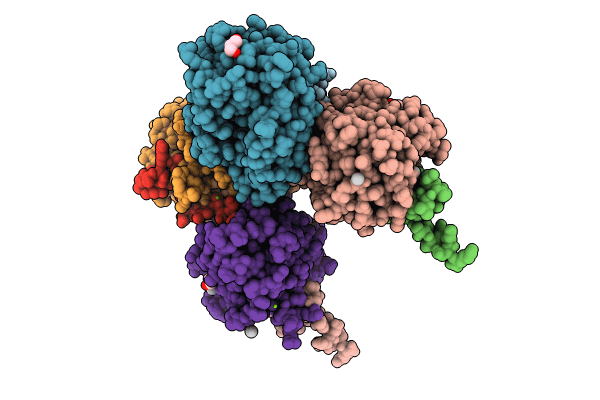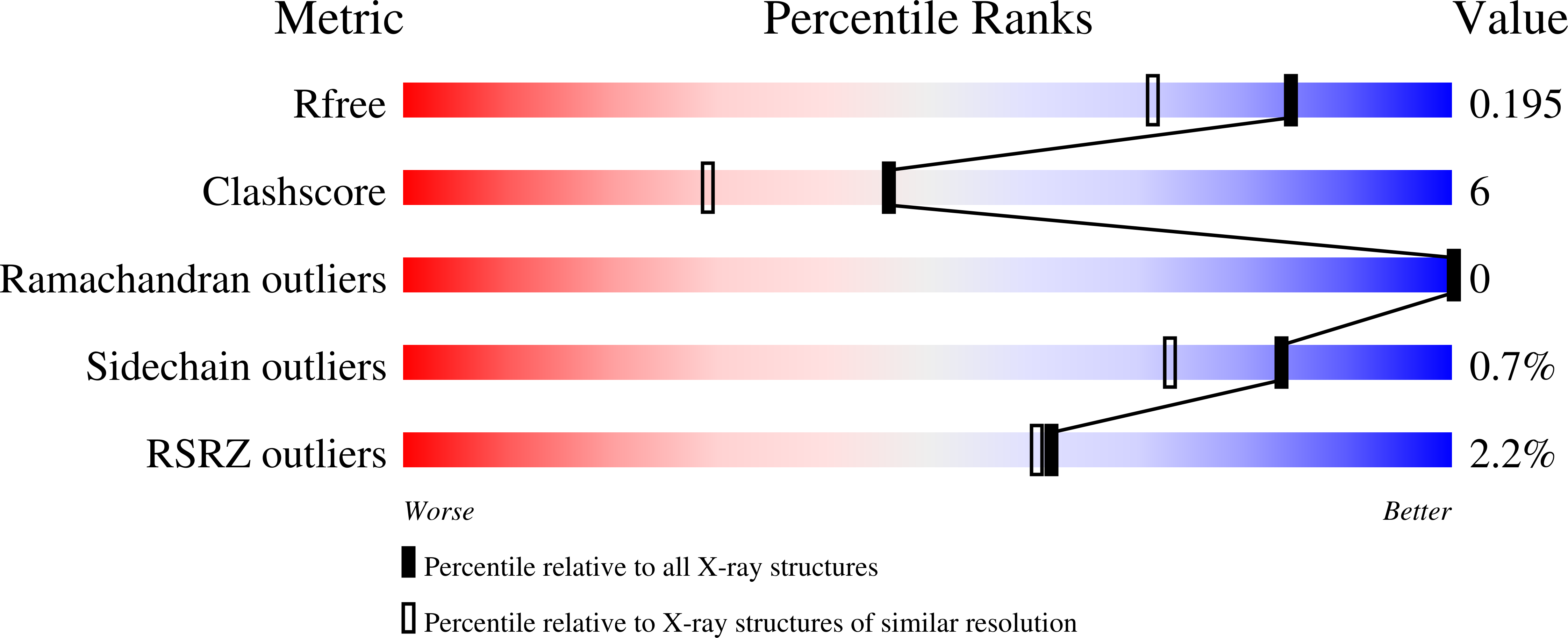
Deposition Date
2024-01-05
Release Date
2024-01-31
Last Version Date
2025-05-28
Entry Detail
PDB ID:
8VIS
Keywords:
Title:
Human TMPRSS11D complexed with a disulfide-linked autoinhibitory DDDDK peptide
Biological Source:
Source Organism:
Homo sapiens (Taxon ID: 9606)
Host Organism:
Method Details:
Experimental Method:
Resolution:
1.59 Å
R-Value Free:
0.18
R-Value Work:
0.15
R-Value Observed:
0.15
Space Group:
P 43 21 2


